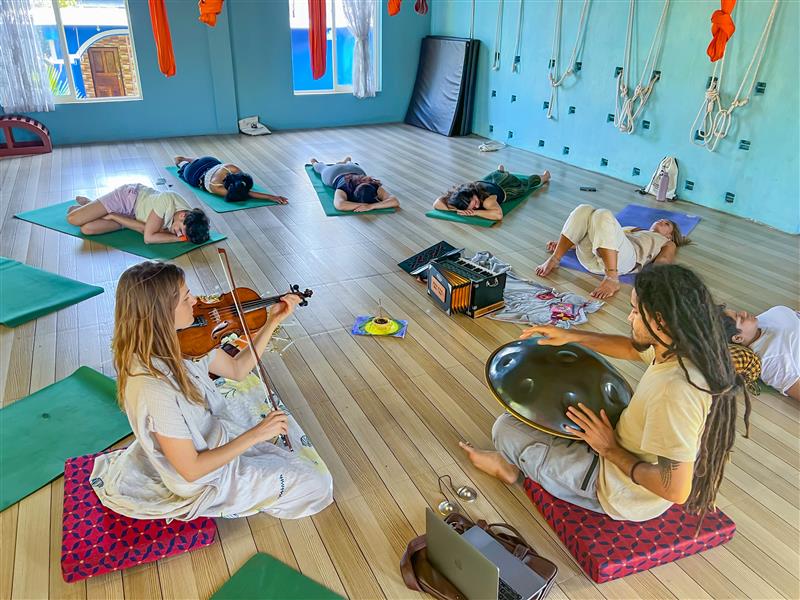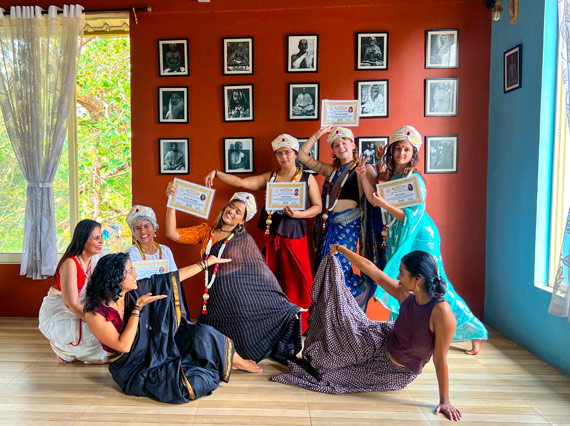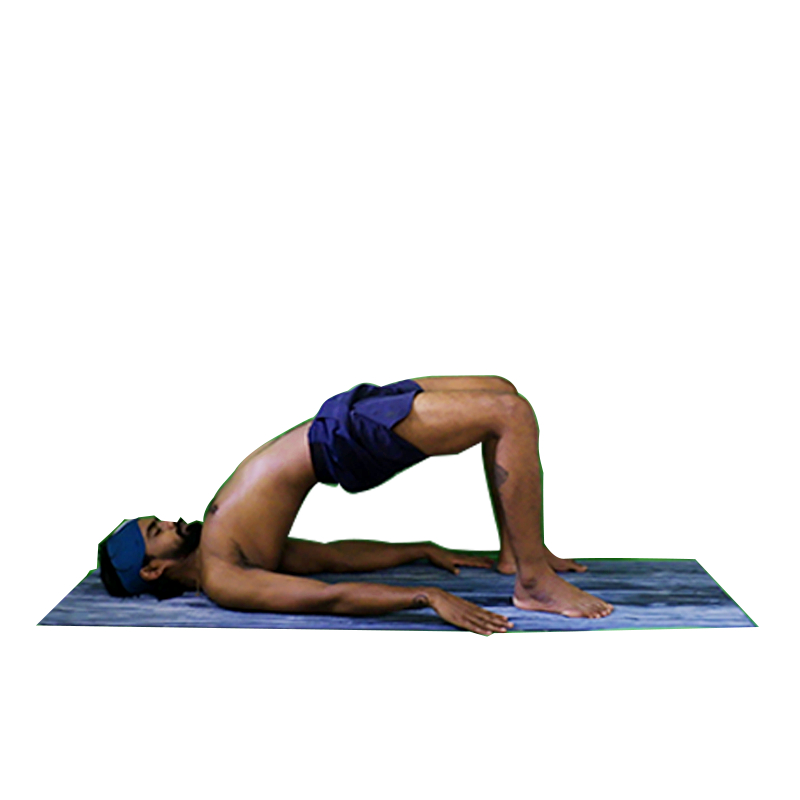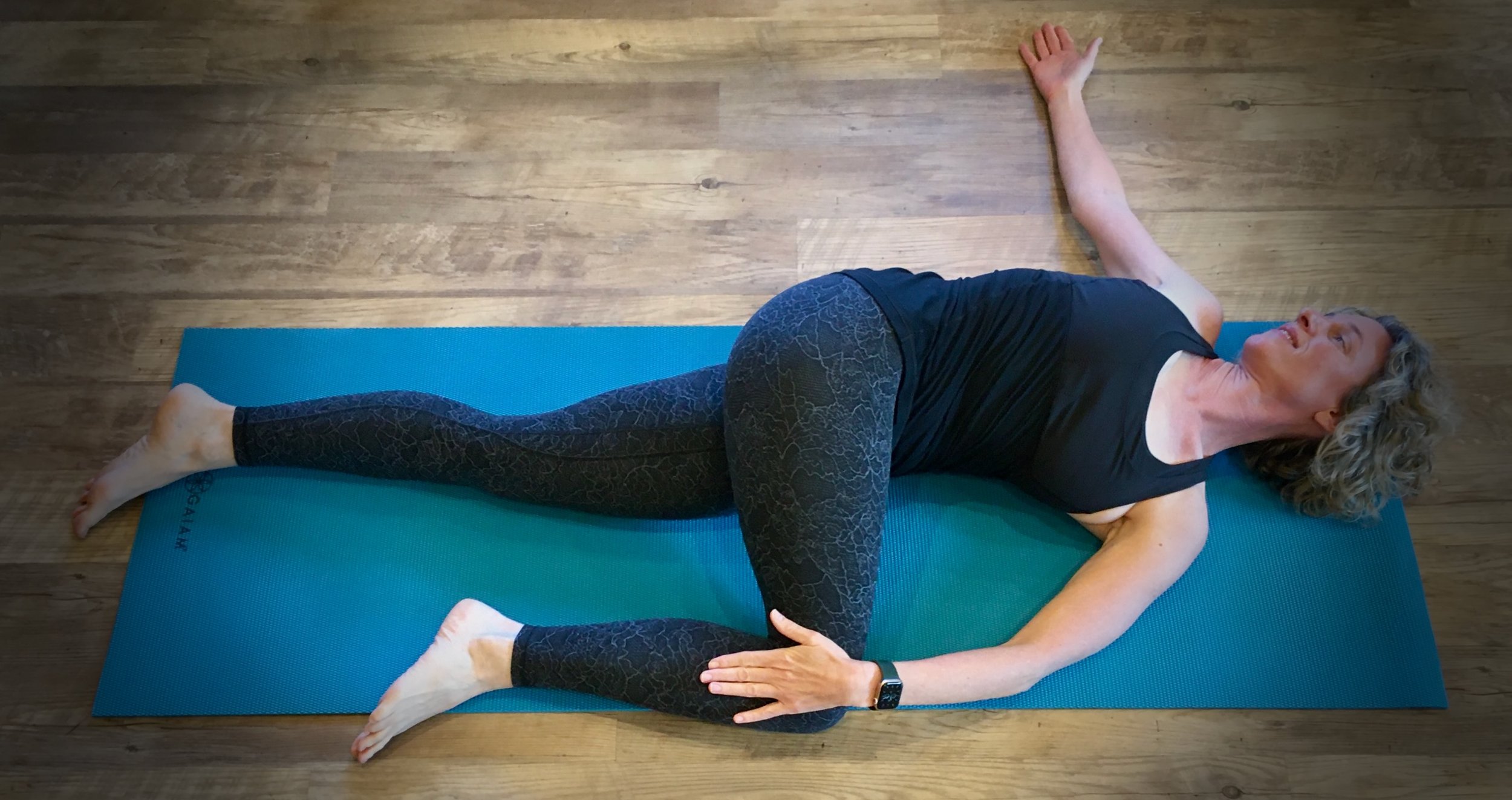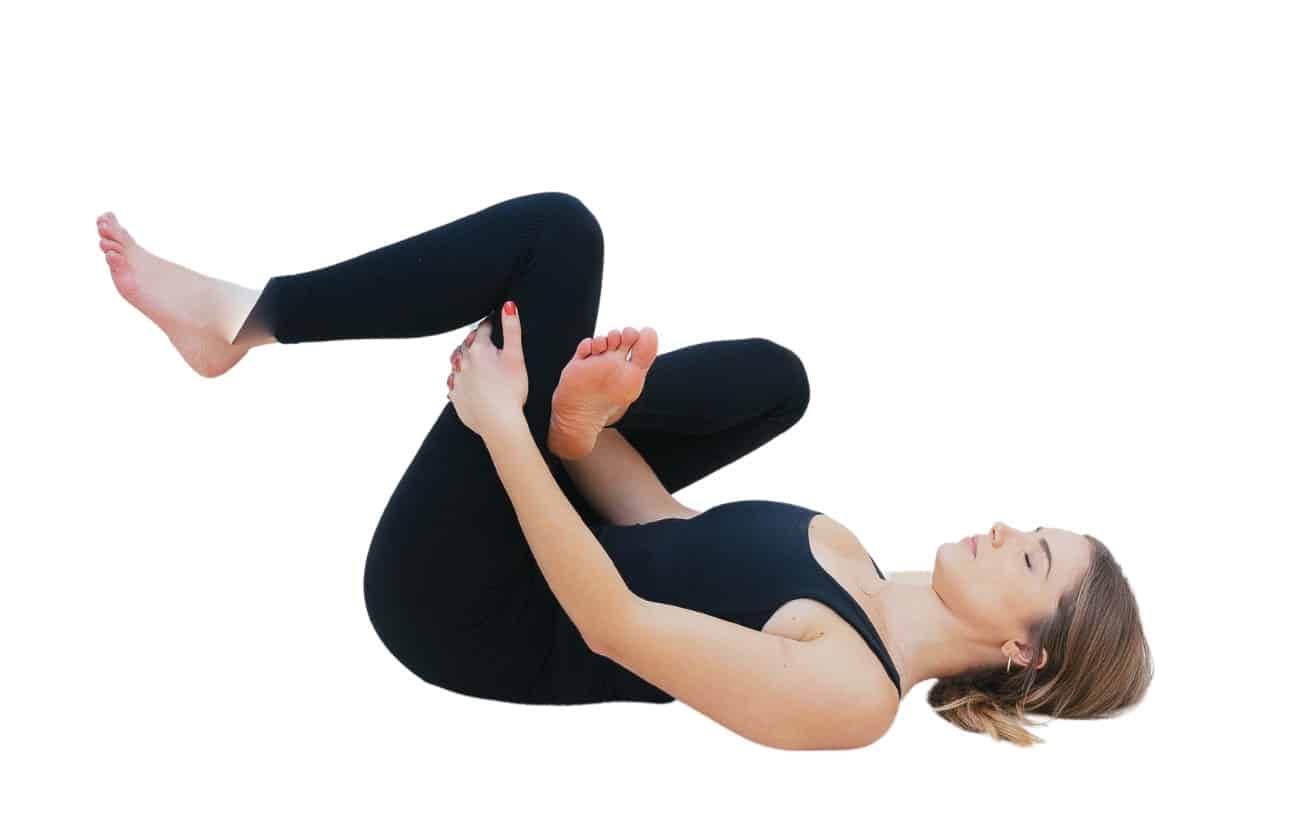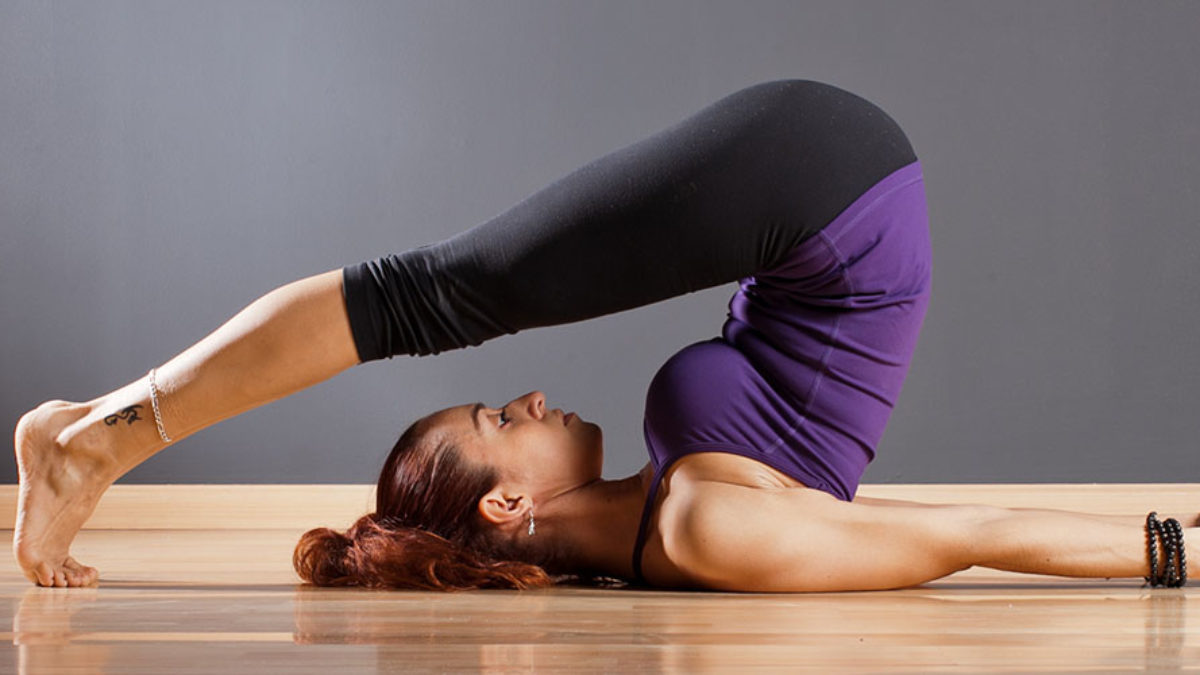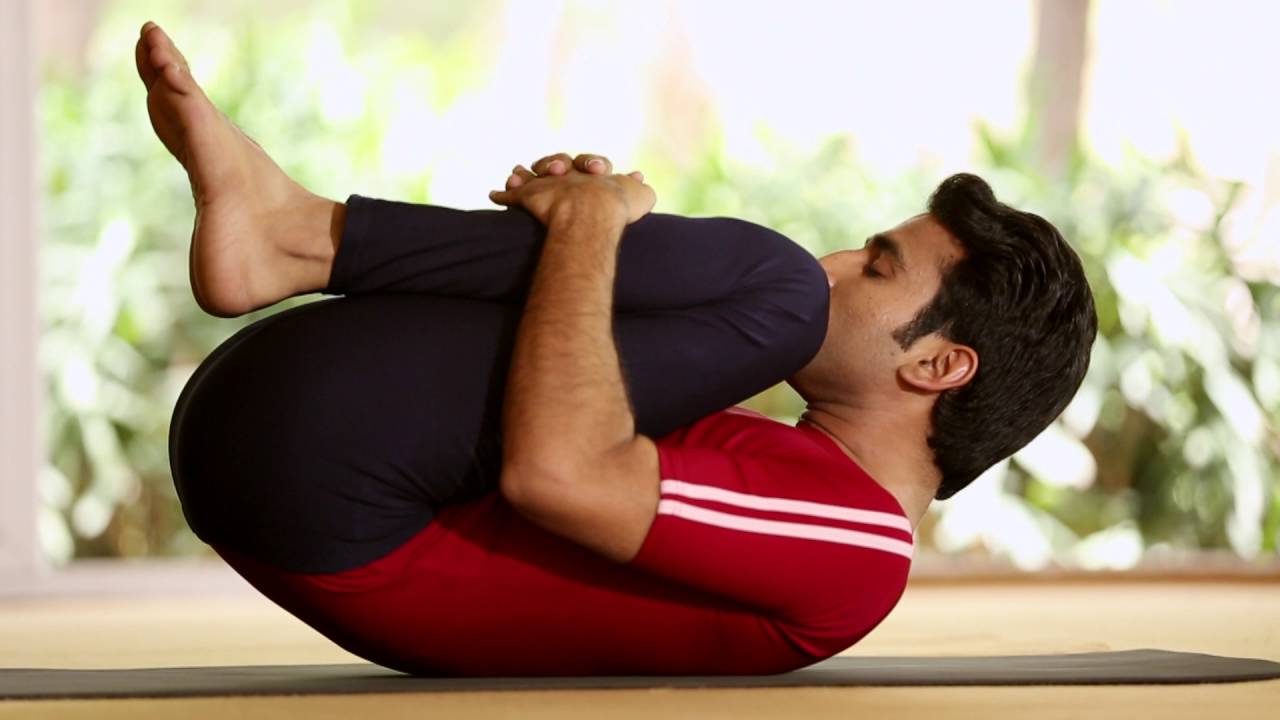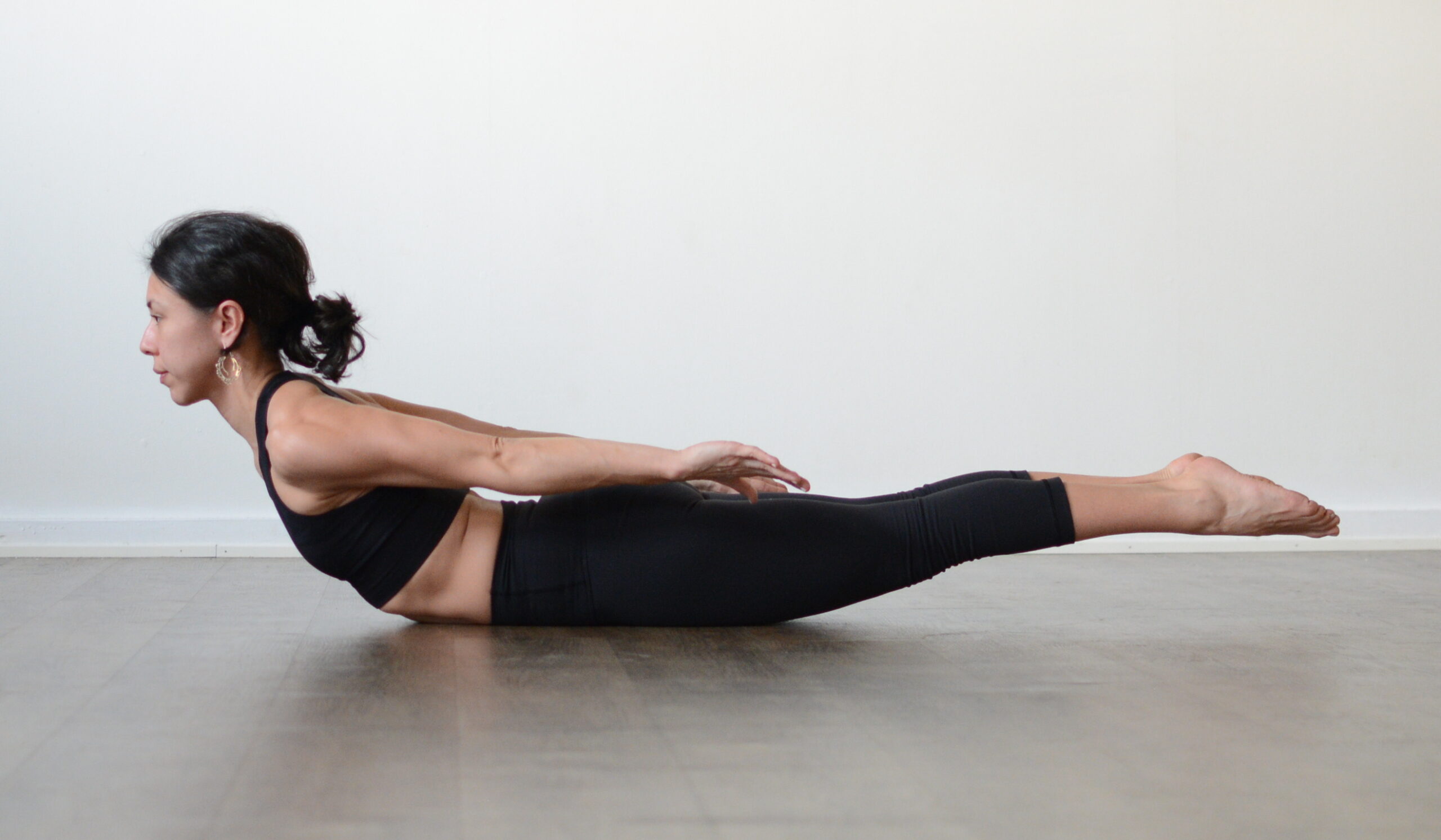If you are a lover of serenity and spirituality, there is a place named Goa, which is located on the western coast of India, it is a land that calls out to both yoga enthusiasts and those in search of spiritual fulfillment.
This sun-drenched paradise is adorned with amazing beaches, gently swaying palm trees and an atmosphere that will make you feel profound peace.
It is not merely a haven for tourists but also a sacred sanctuary for those seeking yoga teacher training in Goa, India.
Let’s look at factors that make Goa, the ultimate destination for embarking on a transformative and heartwarming yoga journey.
Here are the Top 7 Compelling Reasons !
7. Cocktail of Cultures and Colors
In Goa, a vibrant tapestry of cultures unfolds you will find seamlessly blending the rich heritage of India with the colonial influence of Portugal. This one-of-a-kind fusion results in a remarkable diversity that permeates every facet of life in Goa.
As the golden rays of the sun caress the sandy shores, you can witness the harmonious coexistence of various traditions, languages, and rituals – a mesmerizing dance of unity and diversity.
This unique amalgamation of cultures creates an atmosphere where yoga transcends the limitations of nations, bringing together seekers from all corners of the globe.
6. An Emotional journey into Self-Discovery
As you enter Goa, you are transported into a world filled with emotions – the laughter of joyous travelers, the reflective silence of yogis in meditation, and the symphony of crashing waves resonating with the rhythm of your soul.
Goa’s magnetic charm lies in its capacity to evoke emotions, igniting a spark of self-discovery in every visitor. Amidst the bustling markets, the tantalizing aroma of spices, and the heartfelt hospitality of the locals, you will find yourself embarking on an emotional journey that unravels the depths of your existence.
5. The Serenity of Nature
Goa’s awe-inspiring landscapes envelop you in a sense of tranquility and beckon you to immerse yourself in the meditative realm of yoga. The soft rustling of palm fronds, the gentle lullaby of the sea, and the sweet fragrance of frangipani blossoms set a picturesque stage for your yogic odyssey. As you gracefully flow through your asanas, harmonizing your breath with the rhythms of nature, you’ll experience a profound connection with the universe, reminding you of the intrinsic bond shared between all living beings.
4. Embracing the Divine Within
Goa’s spiritual essence goes far beyond its beautiful exterior. It resonates within the hearts of its people and echoes through its sacred temples and churches.
The blend of Eastern mysticism and Western spirituality provides a unique chance for seekers to delve into the depths of their spiritual beings.
With each breath, you draw nearer to embracing the divine within yourself, unlocking the boundless reservoir of love, compassion, and wisdom that resides in your soul.
3. The Gateway to Holistic Wellness
The healing energy of Goa fills the air, inviting you to embrace a world of holistic wellness. Indulge in Ayurvedic therapies, rejuvenating spa treatments, and soul-nourishing organic cuisine, all of which rejuvenate your body, mind, and spirit.
As the burdens of daily life dissolve, you’ll embark on a transformative journey of self-healing, leaving behind the weight of the past and embracing the serenity of the present moment.
2. A Vibrant Yoga Community
At the heart of Goa’s yoga scene lies its dynamic community of practitioners and teachers. With the sun ascending over the azure horizon, yogis convene on the beaches and amid verdant gardens to exchange their practice and wisdom.
This diverse and vibrant community fosters an atmosphere of limitless learning, where age-old wisdom intertwines with contemporary perspectives. You’ll undoubtedly be inspired by the collective energy and knowledge, propelling you on a journey of growth and enlightenment.
1. Awaken Your True Self
Goa is not just a destination; it embodies a state of mind. Here, the lines between the inner and outer worlds blur, granting you the ability to transcend limitations and embrace your authentic self.
Regardless of whether you’re a seasoned yogi or a curious novice, Goa possesses the key to unlocking the enchanting magic that resides within you. Surrender yourself to the captivating melodies of your heart and allow Goa to cast its transformative spell upon your soul.
In the Embrace of Goa: A Journey That Lasts a Lifetime
As we bid farewell to this enchanting journey, we take comfort in knowing that the magic of Goa will forever reside within us. This divine land possesses the power to ignite the flames of passion, serenity, and self-discovery deep within our souls. It possesses an alchemical ability to transform our lives, guiding us towards a realm of eternal bliss and wisdom. Allow Goa to become the canvas upon which you paint the masterpiece of your yoga teacher training, and may it be the sanctuary where your heart finds its eternal abode.
So, why wait any longer? Embark on this wondrous odyssey and let Goa be the perfect backdrop for your transformative yoga teacher training.

